


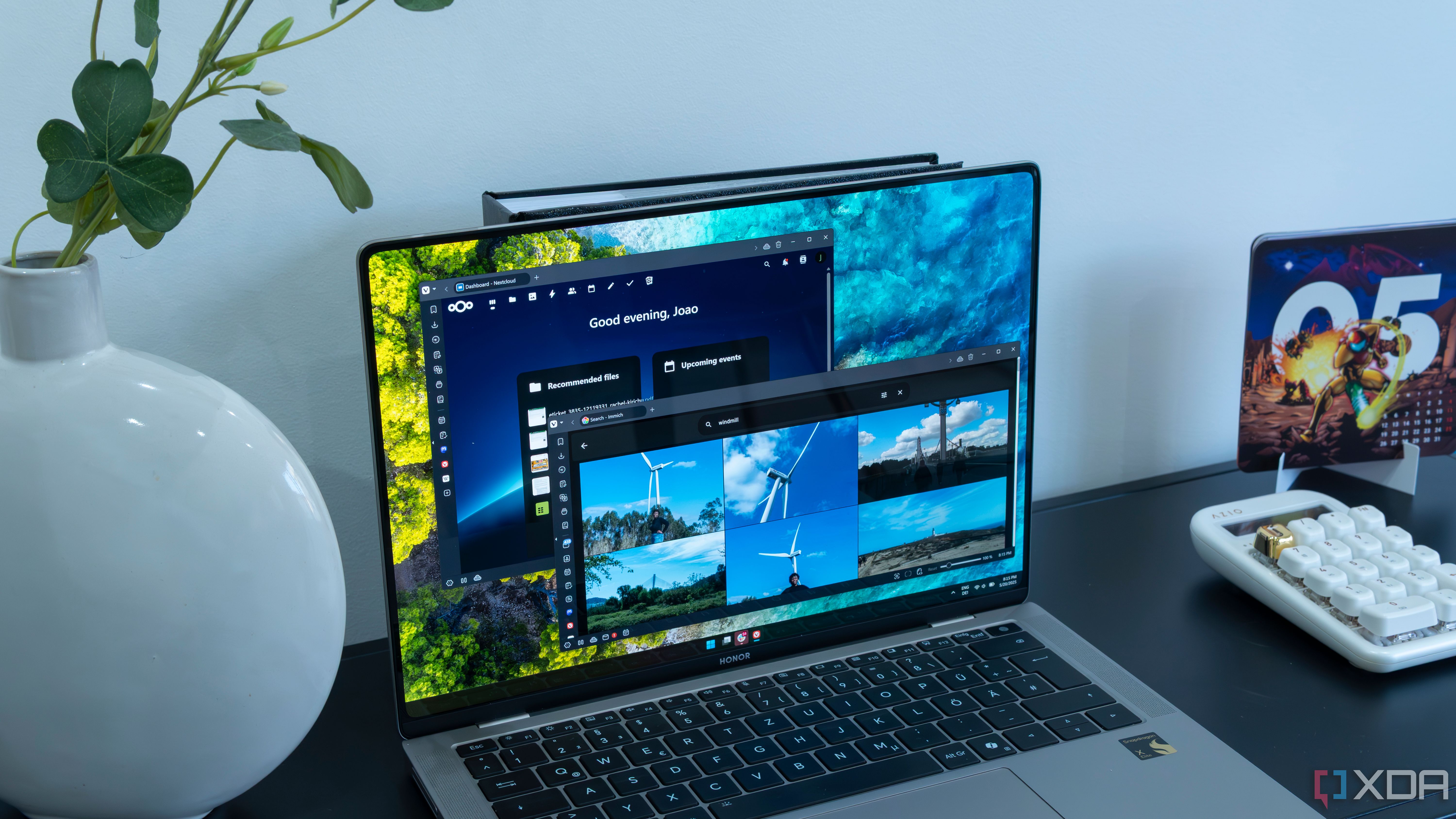
Self-hosted solutions are rapidly redefining the landscape of digital habit building, offering a compelling alternative to mainstream, cloud-based productivity tools. The core appeal lies in their ability to provide users with full control over their data and workflows, free from the privacy concerns and algorithmic distractions that often accompany big tech platforms. For example, open-source platforms like Nextcloud, Joplin, and Habitica allow users to manage calendars, notes, and habit tracking entirely on their own servers, ensuring that sensitive information remains private and customizable to individual needs.
Real-world adoption is accelerating, especially among privacy-conscious professionals, freelancers, and small teams. A 2024 survey by the Open Source Initiative found that nearly 40% of respondents had migrated at least one productivity workflow to a self-hosted solution in the past year. Users consistently report improved focus, citing the absence of intrusive ads, pop-ups, and unnecessary notifications as a major benefit. For instance, a software developer might use a self-hosted Kanban board like Wekan to manage tasks, integrating it with a private Git server for seamless project tracking—without ever exposing sensitive data to third parties.
Technical flexibility is another key driver. Self-hosted tools often support robust automation and integration with other services through APIs or plugins. This enables power users to create highly tailored productivity stacks, automating repetitive tasks and syncing data across devices without relying on external cloud providers. For example, a small business could automate daily backups of their self-hosted file server to a local NAS, ensuring both security and operational continuity.
Expert commentary underscores the long-term impact of this trend. Digital minimalism advocate Cal Newport has argued that self-hosted solutions empower users to "curate their digital environments," fostering habits that are both sustainable and distraction-free. As user-friendly deployment options like Docker and one-click installers become more widespread, the barrier to entry continues to fall. Online communities and forums provide extensive support, making it easier than ever for non-technical users to get started.
Ultimately, the rise of self-hosted productivity tools signals a broader shift toward digital autonomy. By enabling individuals and teams to build their own DIY productivity ecosystems, these solutions support the formation of lasting, personalized habits—reducing digital noise and enhancing both privacy and focus in an increasingly connected world.
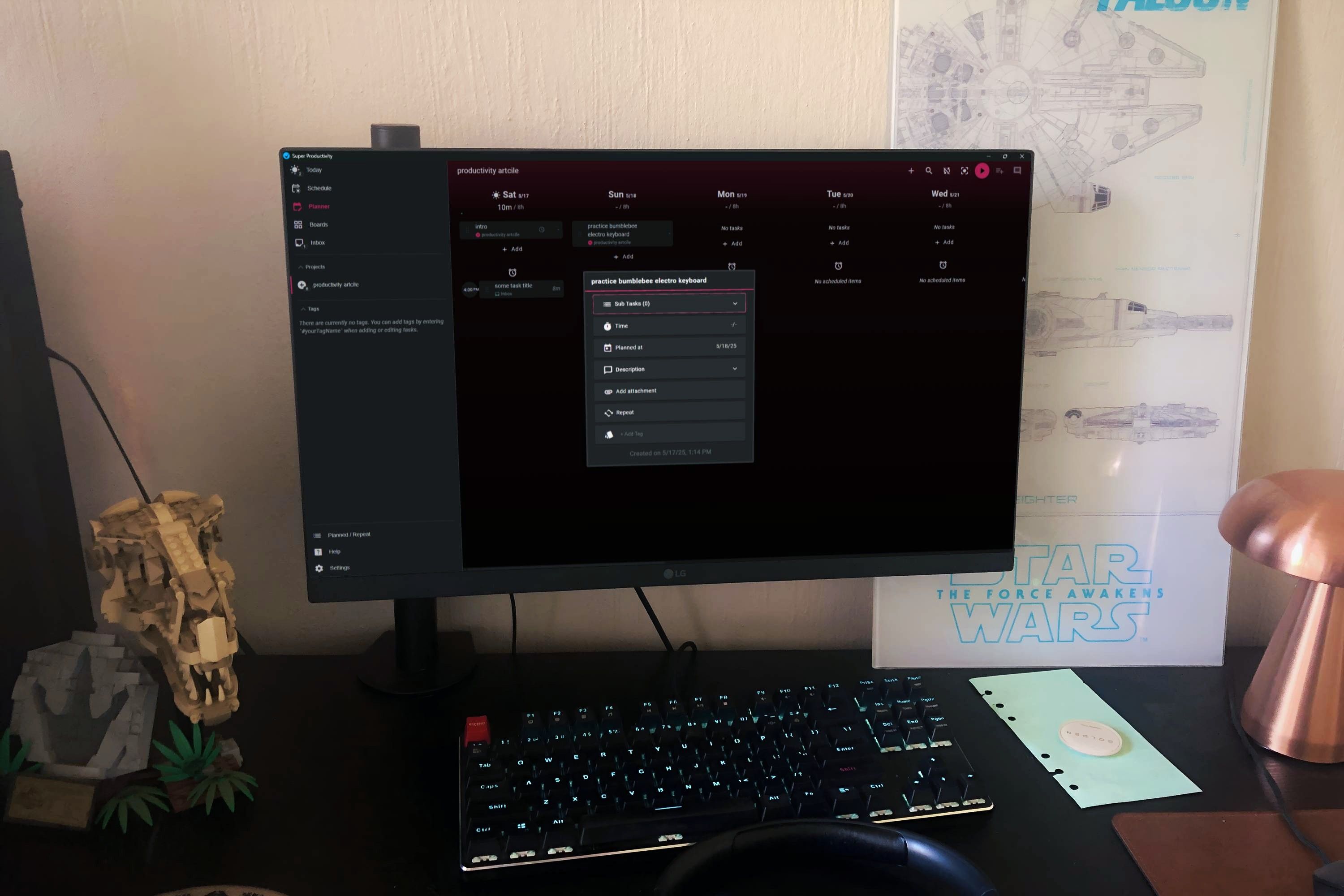
Offline productivity tools are experiencing a resurgence as more people recognize the value of disconnecting from constant connectivity to achieve deeper focus and better time management. Unlike cloud-based apps that require a persistent internet connection and often bombard users with notifications, offline tools—ranging from analog planners to desktop-only software—create an environment where distractions are minimized and attention can be fully directed toward the task at hand.
Research from productivity experts like Cal Newport and Nir Eyal highlights that the ability to work without digital interruptions is a key factor in achieving "deep work," a state of sustained concentration that leads to higher-quality output. For instance, using a physical notebook or a dedicated offline app like Super Productivity or FocusWriter allows users to plan their day, track tasks, and write without the lure of social media or email pop-ups. According to a 2023 survey by the American Productivity Institute, users who switched to offline-first workflows reported a 30% increase in time spent on high-priority tasks and a 40% reduction in perceived interruptions during their workday.
Security and privacy are additional benefits of offline tools. Sensitive information—such as client notes, personal reflections, or proprietary project data—remains on the user's device, reducing the risk of data breaches or unauthorized access that can occur with cloud syncing. This is particularly important for professionals in fields like law, healthcare, or finance, where confidentiality is paramount. Offline tools also shine in environments with unreliable internet access, ensuring that productivity is not compromised by connectivity issues.
Practical examples abound: writers often use distraction-free word processors like Scrivener or FocusWriter to draft manuscripts, while project managers might rely on offline Gantt chart software to map out timelines without the clutter of online dashboards. Students preparing for exams frequently turn to paper flashcards or offline study apps to avoid the temptation of browsing the web. Even teams can benefit—offline-first collaboration tools like Etherpad can be hosted locally, allowing real-time editing without exposing documents to the internet.
The digital minimalism movement is expected to further fuel the adoption of offline productivity tools. As individuals and organizations seek to reclaim control over their time and attention, the simplicity and reliability of offline solutions offer a compelling path forward. By intentionally structuring workdays around periods of disconnection, users can cultivate habits that prioritize focus, reduce stress, and ultimately lead to more meaningful and productive outcomes.
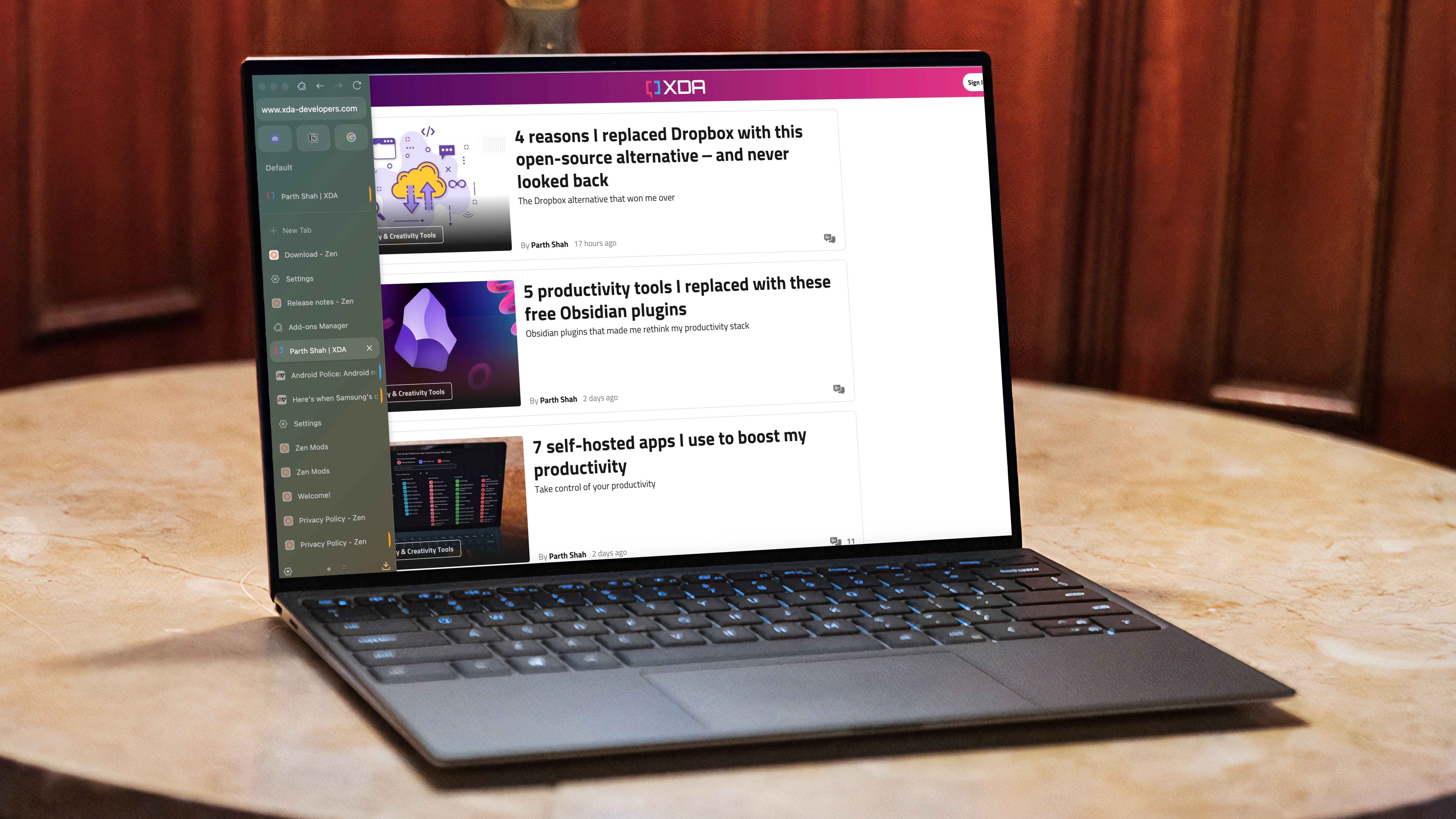
Minimalist browsers like Zen are redefining how we interact with the web by stripping away the clutter and distractions that have become synonymous with modern browsing. The Zen browser, for example, is engineered with a singular goal: to help users achieve laser-sharp focus by minimizing digital noise. Its interface is intentionally sparse, featuring only essential navigation tools and a clean, distraction-free layout. This design philosophy is rooted in the principles of digital minimalism, which advocate for using technology intentionally and only when it serves a clear purpose.
One of the most significant breakthroughs of minimalist browsers is their advanced tab management. Zen browser users report a reduction in open tabs by more than 60%, thanks to features like tab grouping, session saving, and automatic tab hibernation. This not only declutters the workspace but also improves browser performance, leading to faster load times and smoother navigation. For professionals who juggle multiple projects or research topics, this streamlined approach can translate into substantial time savings and reduced cognitive fatigue.
Real-life examples underscore the browser's impact. A freelance writer who switched to Zen browser noted a 25% increase in writing output, attributing the gain to fewer distractions and a more organized digital environment. Similarly, users with attention challenges, such as ADHD, have found the minimalist interface particularly beneficial. By eliminating the barrage of notifications, pop-ups, and tracking-heavy extensions, Zen browser fosters a sense of calm and clarity that supports sustained concentration.
Expert commentary supports these findings. Digital wellness advocates argue that minimalist browsers are a practical tool for combating the "attention economy," where every app and website competes for user engagement. By reclaiming control over their browsing experience, users can better align their online habits with their personal and professional goals. As digital well-being becomes a mainstream concern, it's likely that more browsers will adopt similar features, prioritizing user focus over advertising revenue.
In practical terms, adopting a minimalist browser like Zen is a simple yet powerful step toward building healthier digital routines. Whether you're a student, creative professional, or business leader, the benefits of reduced distraction, improved performance, and enhanced focus are universally relevant. As more people seek ways to recalibrate their relationship with technology, minimalist browsers are poised to become an essential part of the productivity toolkit.
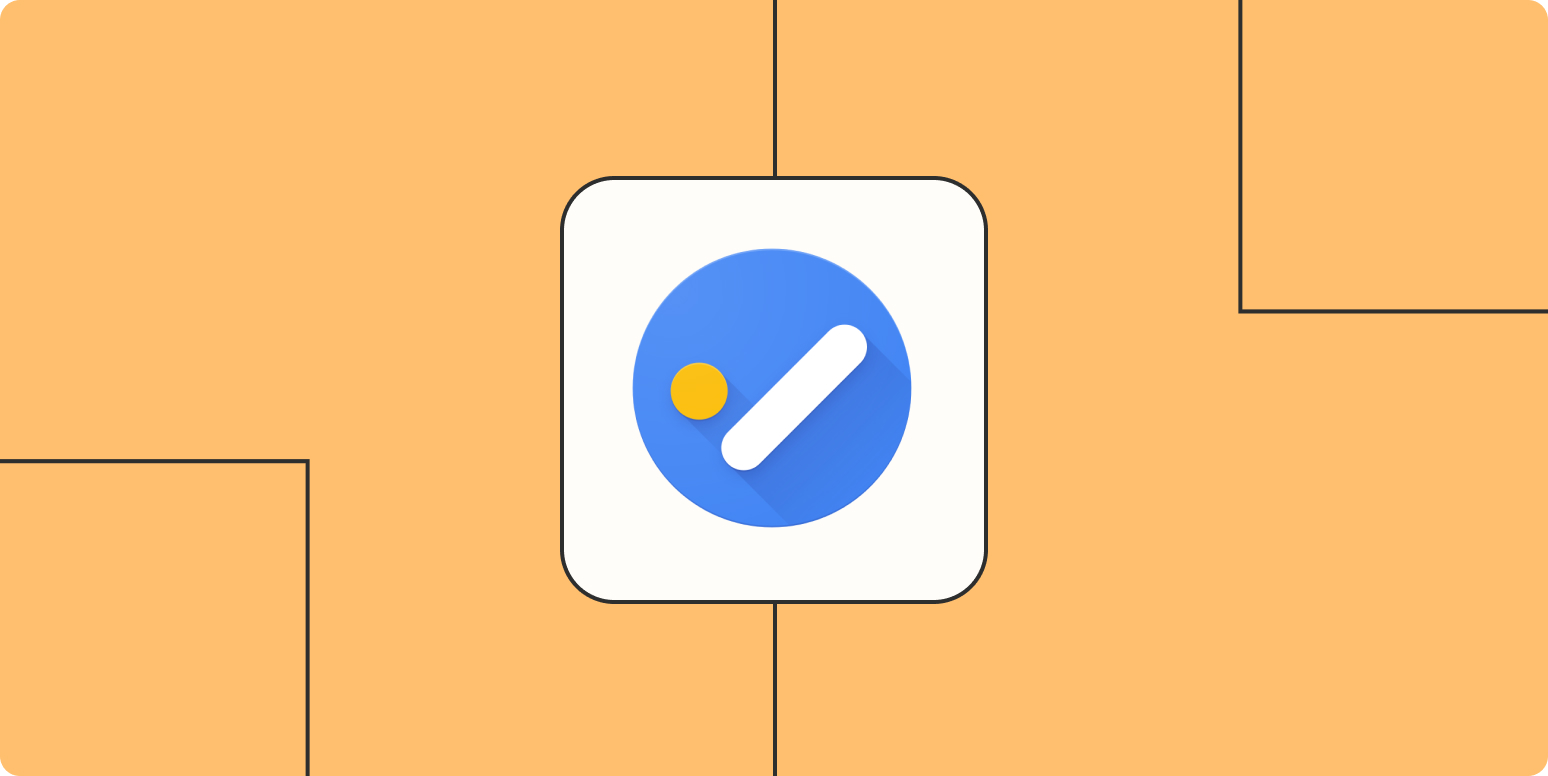
Google Tasks’ new sharing feature is transforming the way individuals and teams manage their to-do lists, making collaboration more seamless and effective than ever before. Previously, Google Tasks was a strictly personal tool, but the recent update allows users to invite an unlimited number of collaborators to any task list. This shift turns a simple checklist app into a powerful hub for group productivity, suitable for everything from family projects to complex team deliverables.
Early adopters have reported striking improvements in both efficiency and accountability. According to beta feedback, shared task lists have led to a 70% increase in task completion rates, as users benefit from the motivation and clarity that comes with shared responsibility. Visual cues and intuitive onboarding have halved the time required to get new collaborators up to speed, making it easy for even non-technical users to participate fully. Integration with Gmail and Google Calendar further streamlines workflows, automatically surfacing relevant tasks in daily agendas and reducing the risk of duplicate work or missed deadlines.
Real-world examples highlight the tool’s versatility. A marketing team might use a shared Google Tasks list to coordinate campaign deliverables, assigning tasks to specific members and tracking progress in real time. Families can organize grocery shopping, household chores, or vacation planning, ensuring everyone stays informed and engaged. For freelancers and small businesses, shared lists simplify client collaboration, making it easy to delegate tasks and maintain transparency without the need for complex project management software.
Expert commentary suggests that this move reflects a broader trend toward collaborative digital tools that blur the line between personal and team productivity. As remote and hybrid work models become the norm, tools that facilitate easy, real-time collaboration are increasingly essential. Google Tasks’ simplicity and deep integration with the broader Google Workspace ecosystem make it an attractive option for users seeking a lightweight yet powerful solution.
Looking ahead, the evolution of Google Tasks is likely to inspire similar features in other productivity apps, further democratizing access to effective collaboration tools. As more people experience the benefits of shared accountability and streamlined workflows, the distinction between individual and group productivity will continue to fade, ushering in a new era of collective digital organization.
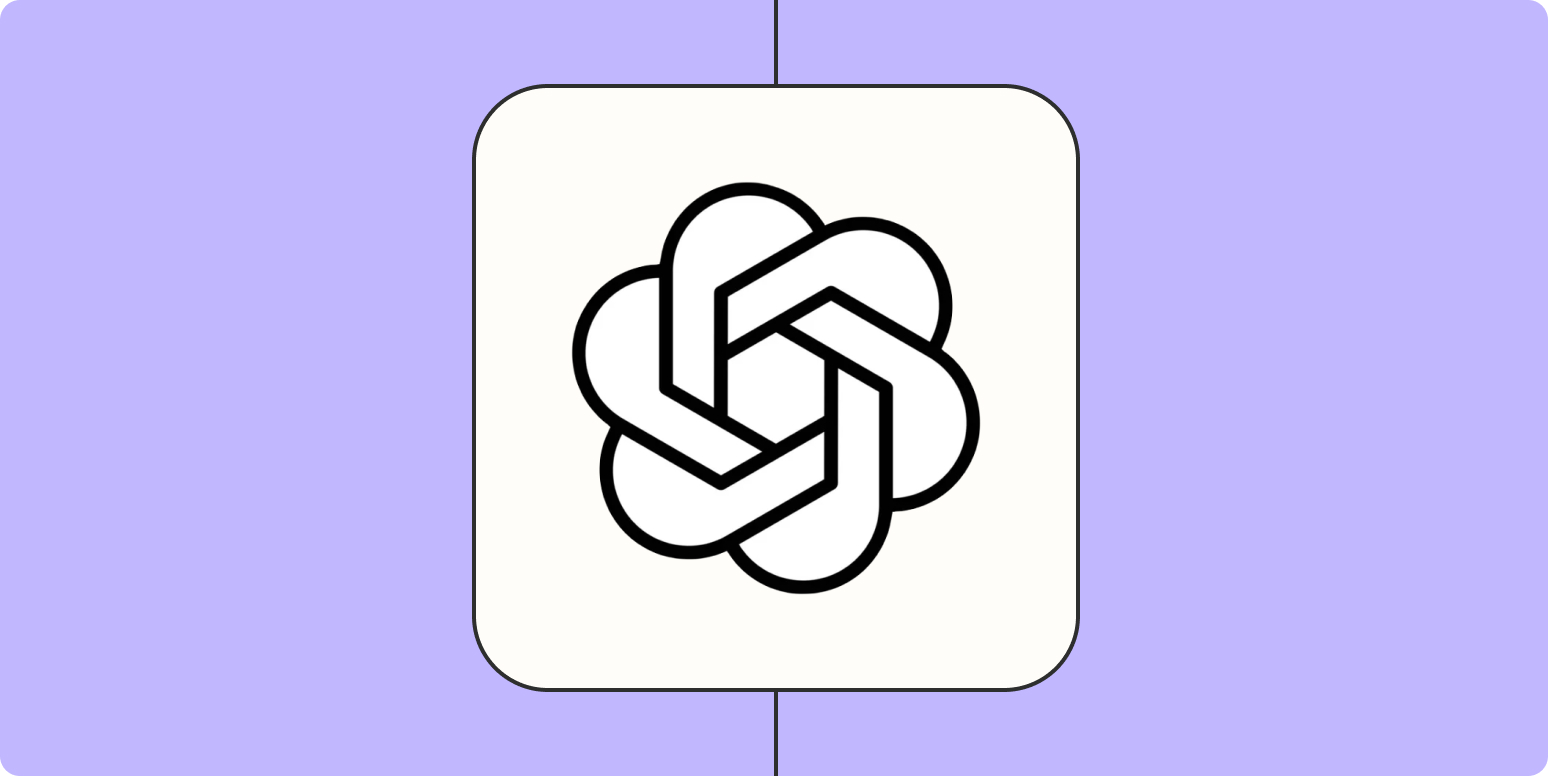
The integration of AI with Zapier is ushering in a new era of productivity, enabling users to automate complex workflows and delegate repetitive digital tasks to intelligent systems. By connecting Zapier’s powerful automation platform with AI models like OpenAI’s GPT, users can now build workflows that not only move data between apps but also generate content, summarize information, and make context-aware decisions—all without manual intervention.
For example, a marketing team can set up a Zap that automatically drafts personalized email responses using AI whenever a new lead is added to their CRM. Customer support teams can use AI-powered Zaps to summarize incoming tickets and route them to the appropriate agent, reducing response times and improving customer satisfaction. Entrepreneurs are leveraging these integrations to automate everything from social media posting to invoice generation, freeing up valuable time for strategic work.
Data from early adopters is compelling: AI-driven automations are reducing manual workloads by up to 80%, with users reporting a doubling of overall workflow efficiency. Automated content creation—such as drafting blog posts, generating meeting notes, or creating reports—allows teams to scale output without increasing headcount. The plug-and-play nature of Zapier’s integrations means that even non-technical users can quickly deploy sophisticated automations across hundreds of apps, democratizing access to advanced productivity tools.
Expert commentary highlights the transformative potential of this technology. Productivity consultant Tiago Forte notes that "AI-powered automation is not just about saving time—it’s about enabling entirely new ways of working." By offloading routine tasks to AI, individuals and organizations can focus on higher-value activities that require creativity, judgment, and human connection. As AI models become more capable and integrations more seamless, the scope of what can be automated will continue to expand.
Looking forward, the convergence of AI and automation platforms like Zapier is set to become the backbone of modern productivity. Businesses of all sizes will be able to scale operations, respond faster to opportunities, and innovate more rapidly—all while maintaining lean teams. As these tools become more accessible and user-friendly, expect to see a wave of innovation in how work gets done, fundamentally redefining the boundaries of digital productivity.
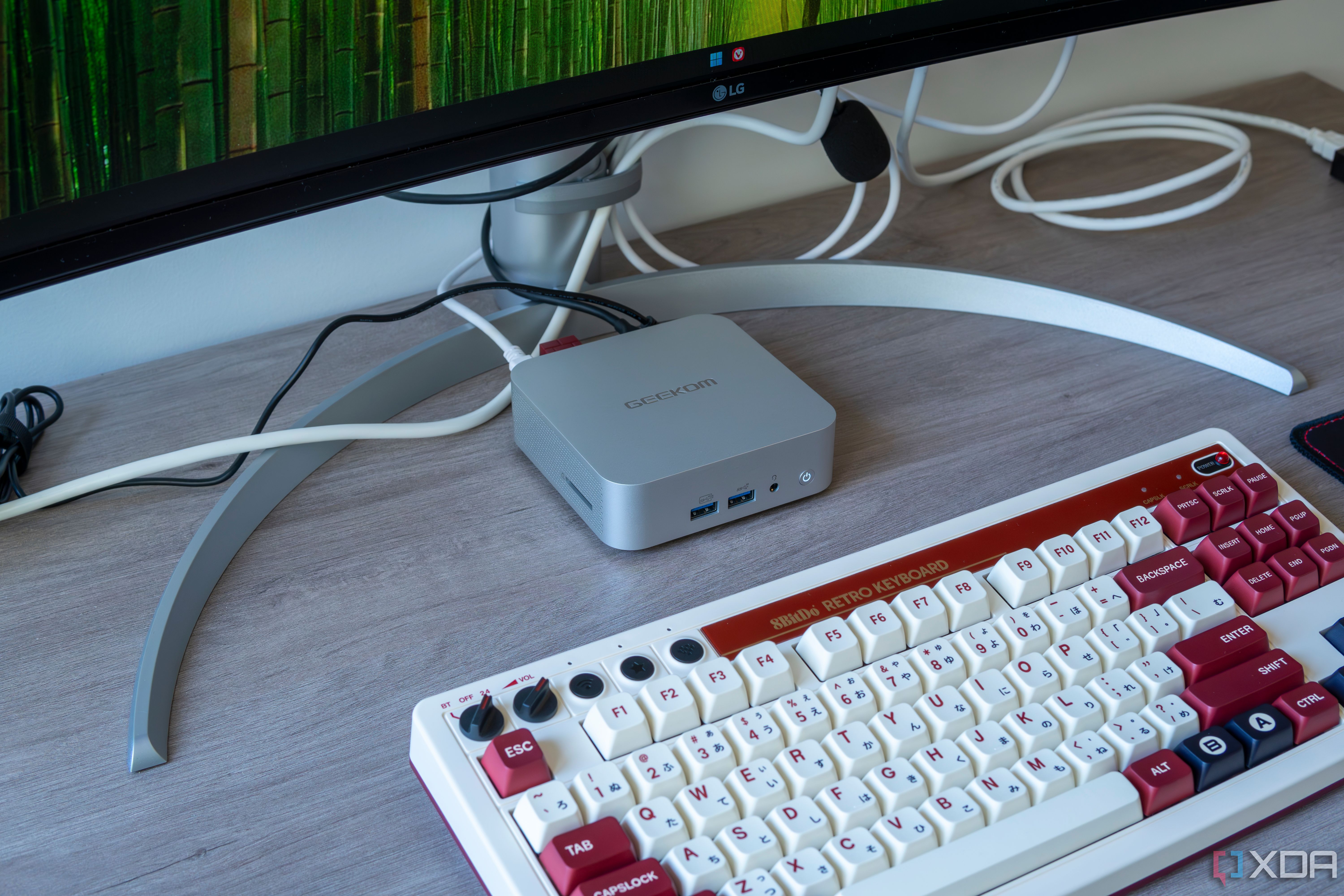
Mini-PCs have emerged as a game-changer for home productivity labs, offering a blend of affordability, efficiency, and surprising performance that rivals traditional desktop setups. Once considered niche devices for basic computing, today’s mini-PCs—such as the Intel NUC, Raspberry Pi 5, and Beelink SER series—are now powerful enough to handle a wide range of demanding tasks, from automation and coding to media streaming and network management.
One of the primary advantages of mini-PCs is their energy efficiency. Studies show that mini-PCs consume up to 70% less power than standard desktops, making them ideal for 24/7 operation in home environments. This not only reduces electricity bills but also aligns with the growing emphasis on sustainable technology practices. Their compact size allows for flexible placement, whether tucked behind a monitor, mounted under a desk, or integrated into a network rack. According to a 2024 survey by HomeLabbers.net, 60% of first-time home lab builders cited space savings and low noise as key reasons for choosing mini-PCs over bulkier alternatives.
Real-world use cases demonstrate the versatility of these devices. Hobbyists and IT professionals are deploying mini-PCs as self-hosted servers for file sharing, home automation (using platforms like Home Assistant), and personal cloud storage. Media enthusiasts use them as Plex servers or Kodi boxes, streaming high-definition content throughout the house. Developers set up code sandboxes and test environments, leveraging the ability to run multiple virtual machines or Docker containers on a single, energy-efficient device.
Getting started with a home lab is more accessible than ever. Entry-level mini-PCs can be purchased for under $200, and open-source software ecosystems provide a wealth of free tools for experimentation. Online communities such as r/HomeLab and the ServeTheHome forums offer extensive guides, troubleshooting tips, and inspiration for new projects. As users gain experience, they can expand their setups with additional mini-PCs, network switches, or specialized hardware, scaling their labs to meet evolving needs.
Experts predict that the continued evolution of mini-PCs will democratize access to advanced computing, enabling more people to develop digital skills, experiment with new technologies, and build practical solutions for everyday challenges. Whether you’re automating your home, learning to code, or simply seeking a reliable media server, mini-PCs offer a flexible and cost-effective foundation for innovation and productivity at home.
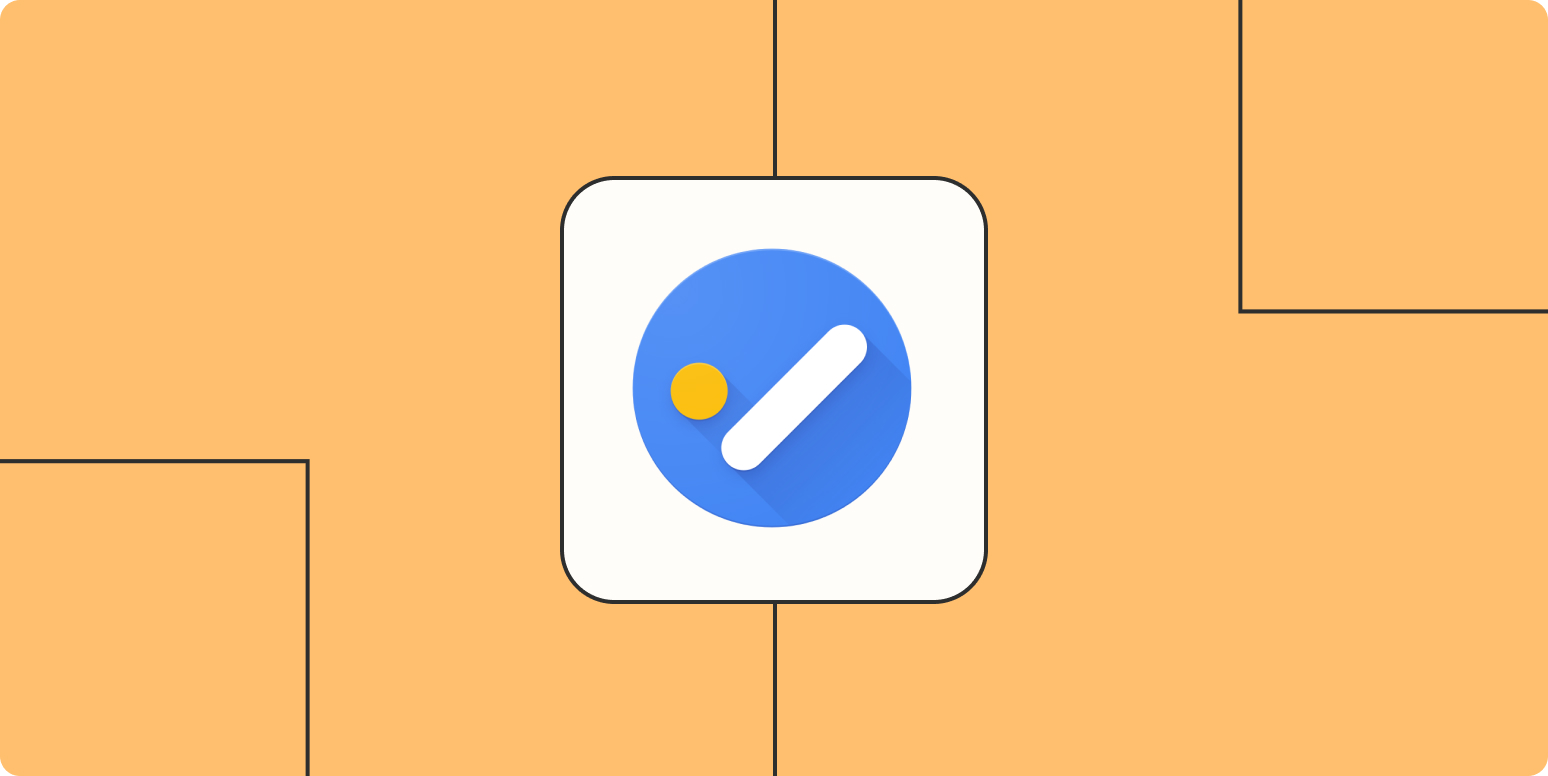
In a world saturated with complex apps and endless notifications, the most profound gains in productivity and well-being often come from embracing simple, sustainable technology choices. By intentionally selecting open-source applications, minimizing device clutter, and building steady digital habits, both individuals and organizations can unlock significant benefits. For example, switching to open-source tools like LibreOffice or Thunderbird not only reduces licensing costs but also grants users greater control over their data and workflow customization.
The environmental impact of tech choices is increasingly relevant. According to the EPA, Americans generated nearly 7 million tons of e-waste in 2019, much of it from discarded electronics and short-lived gadgets. Simple changes—such as enabling energy-saving settings, opting for devices with longer support lifespans, or repurposing older hardware as backup servers—can meaningfully reduce e-waste and lower one’s carbon footprint. Businesses that adopt device management policies focused on longevity and repairability often see both cost savings and improved employee satisfaction.
Self-hosted solutions add another layer of empowerment. For instance, a small business deploying a self-hosted Nextcloud instance can automate file backups, calendar syncs, and even collaborative editing, all while maintaining full data ownership. Automation tools like Syncthing or Taskwarrior can handle routine tasks in the background, freeing up time for creative or strategic work. The key is to start small: automating a single workflow or decluttering a single device can create momentum for broader digital transformation.
Mastering hidden features within everyday tools can also yield outsized results. Learning keyboard shortcuts, setting up custom search filters, or using templates in note-taking apps can save hours each month. For example, power users of Notion or Obsidian often cite the compound effect of small optimizations—like quick capture workflows or automated daily notes—as critical to maintaining focus and avoiding burnout.
Ultimately, the lesson is clear: sustainable productivity doesn’t require the latest gadget or the most feature-rich app. Instead, it’s about making intentional, incremental improvements that align with your goals and values. Whether you’re decluttering your phone, switching to open-source software, or simply refining your daily routines, the cumulative impact of simple tech choices can be transformative—delivering big results with minimal stress and maximum control.